-
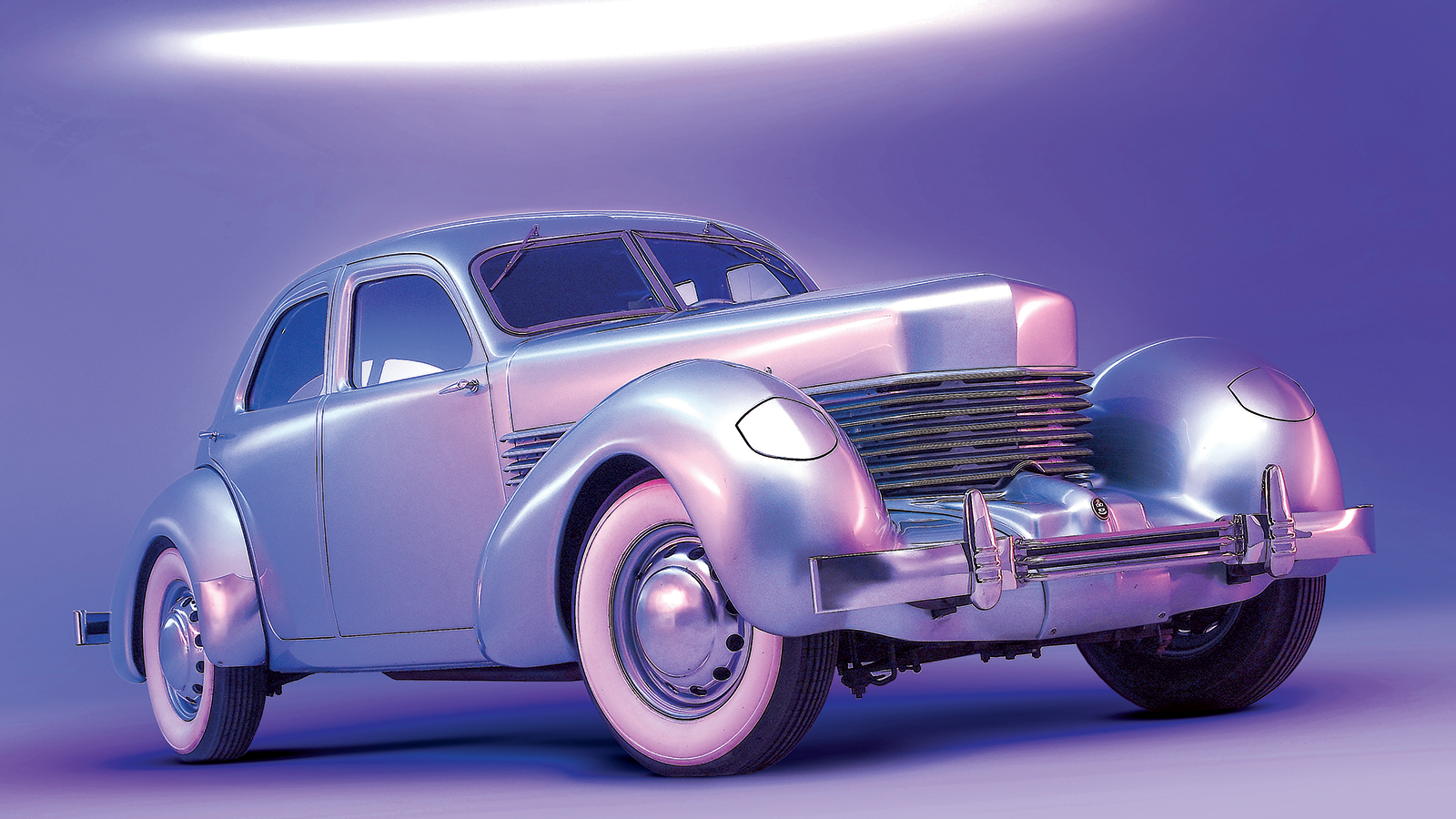 © John Bradshaw/Classic & Sports Car
© John Bradshaw/Classic & Sports Car -
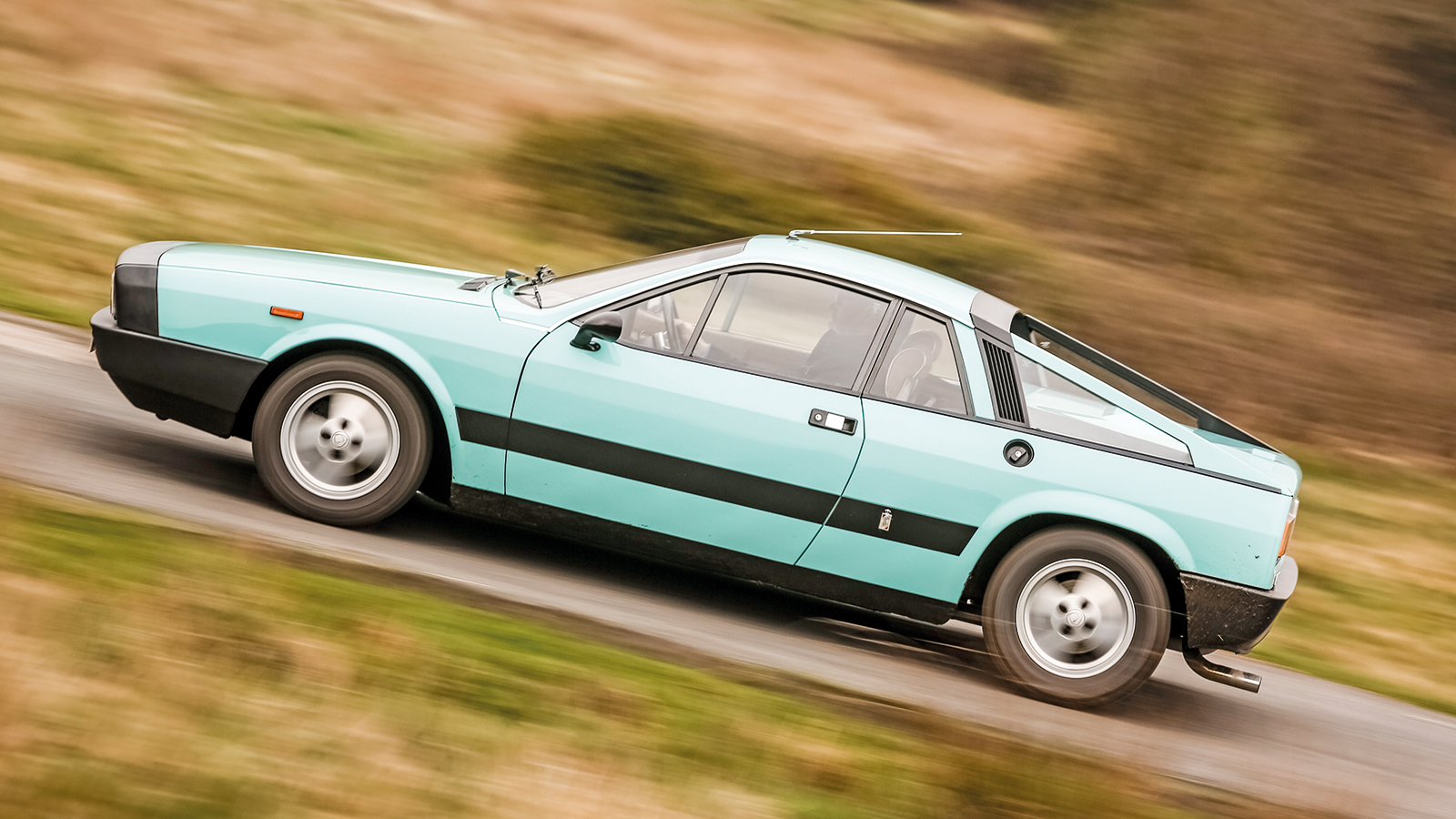 © Tony Baker/Classic & Sports Car
© Tony Baker/Classic & Sports Car -
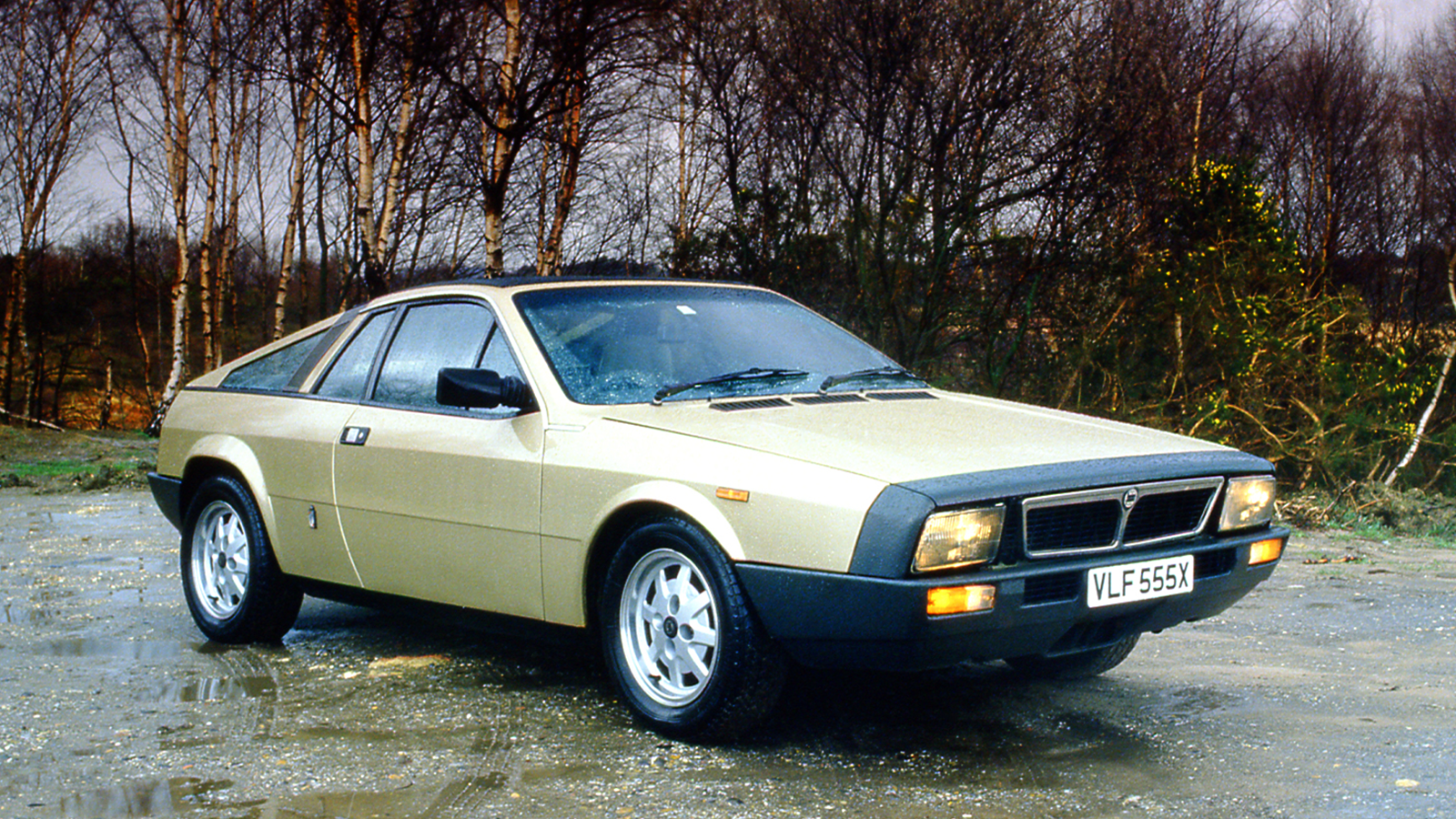 © Autocar
© Autocar -
 © Classic & Sports Car
© Classic & Sports Car -
 © RM Sotheby's
© RM Sotheby's -
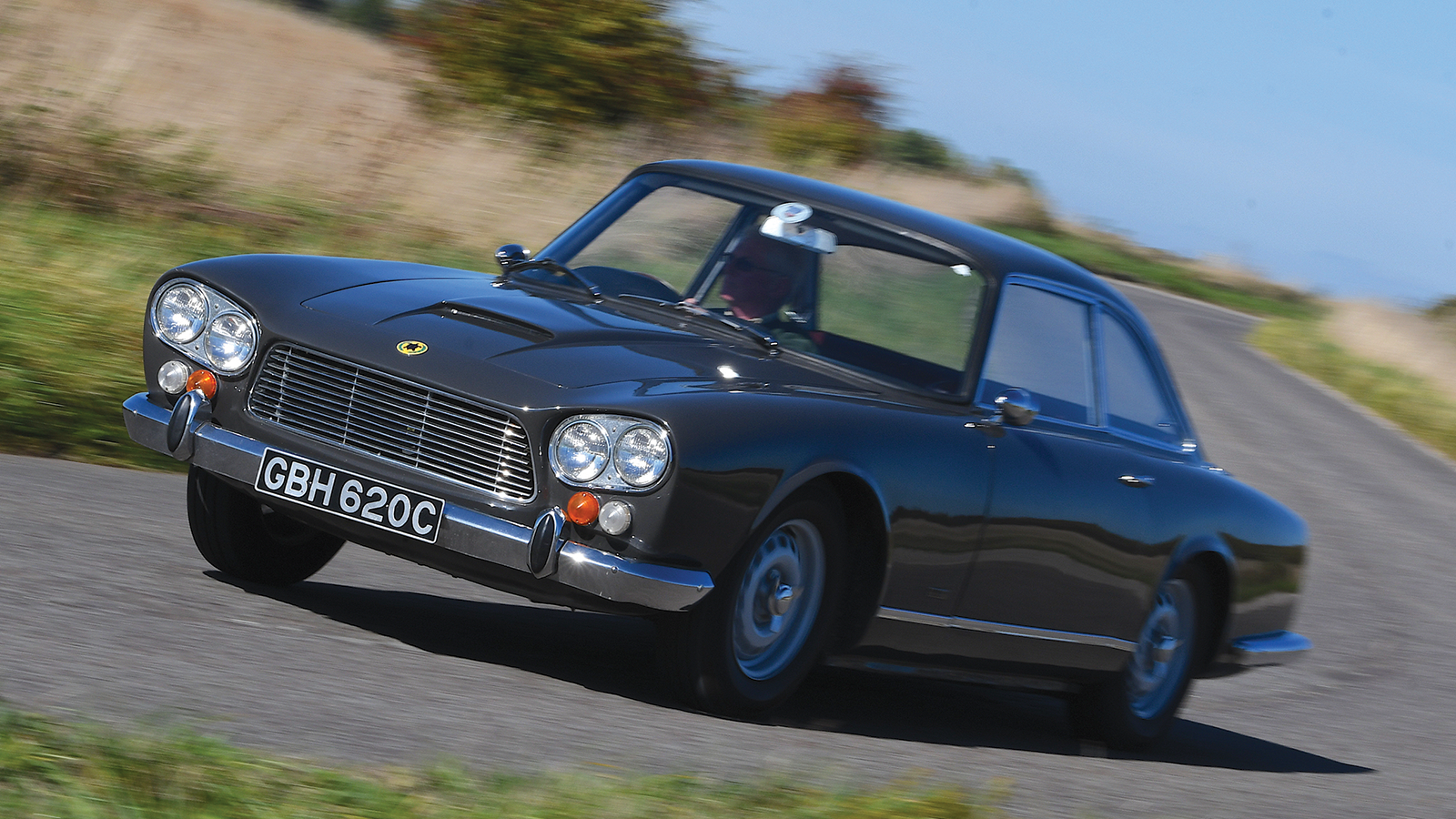 © John Bradshaw/Classic & Sports Car
© John Bradshaw/Classic & Sports Car -
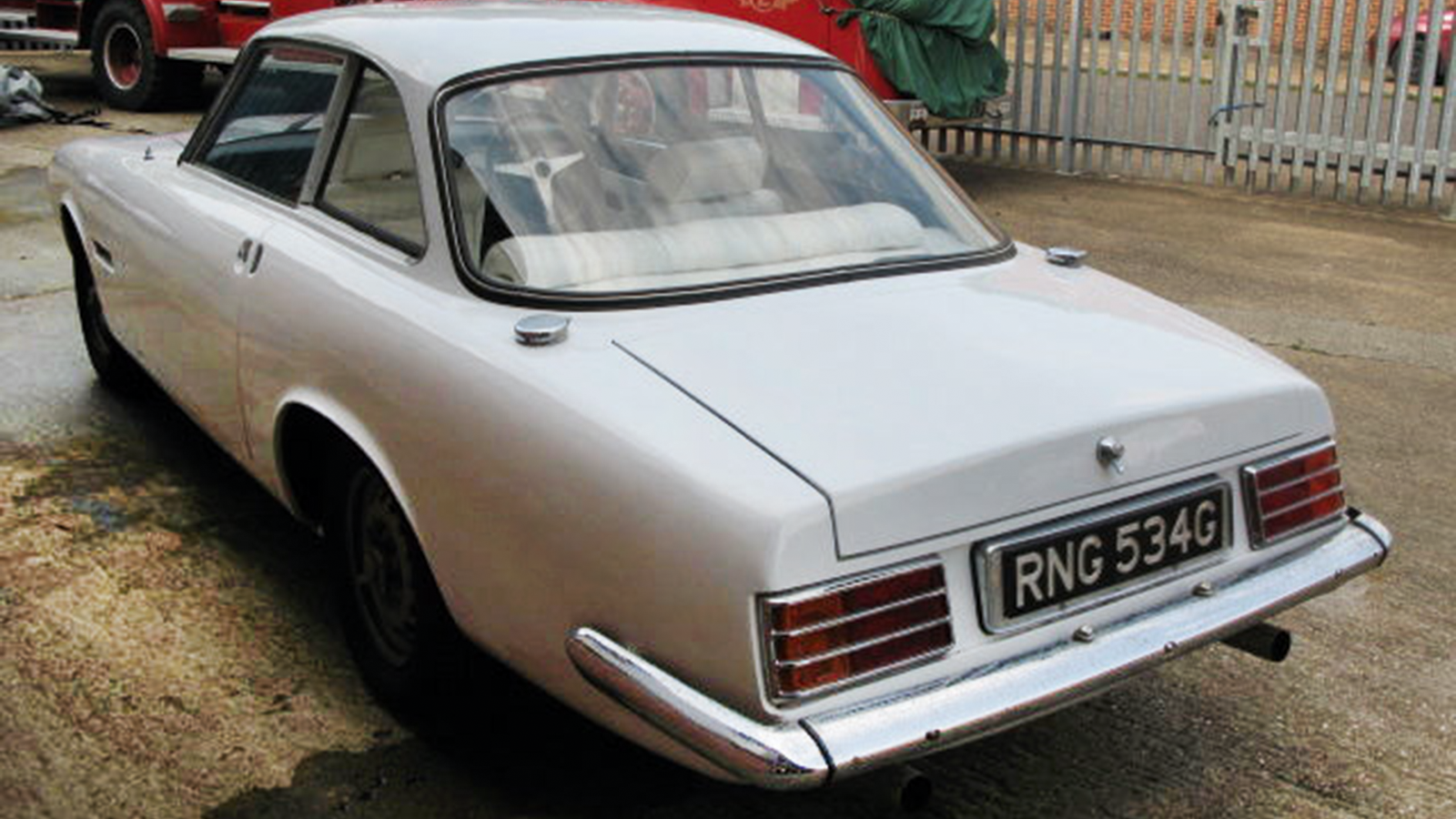 © Justin Banks
© Justin Banks -
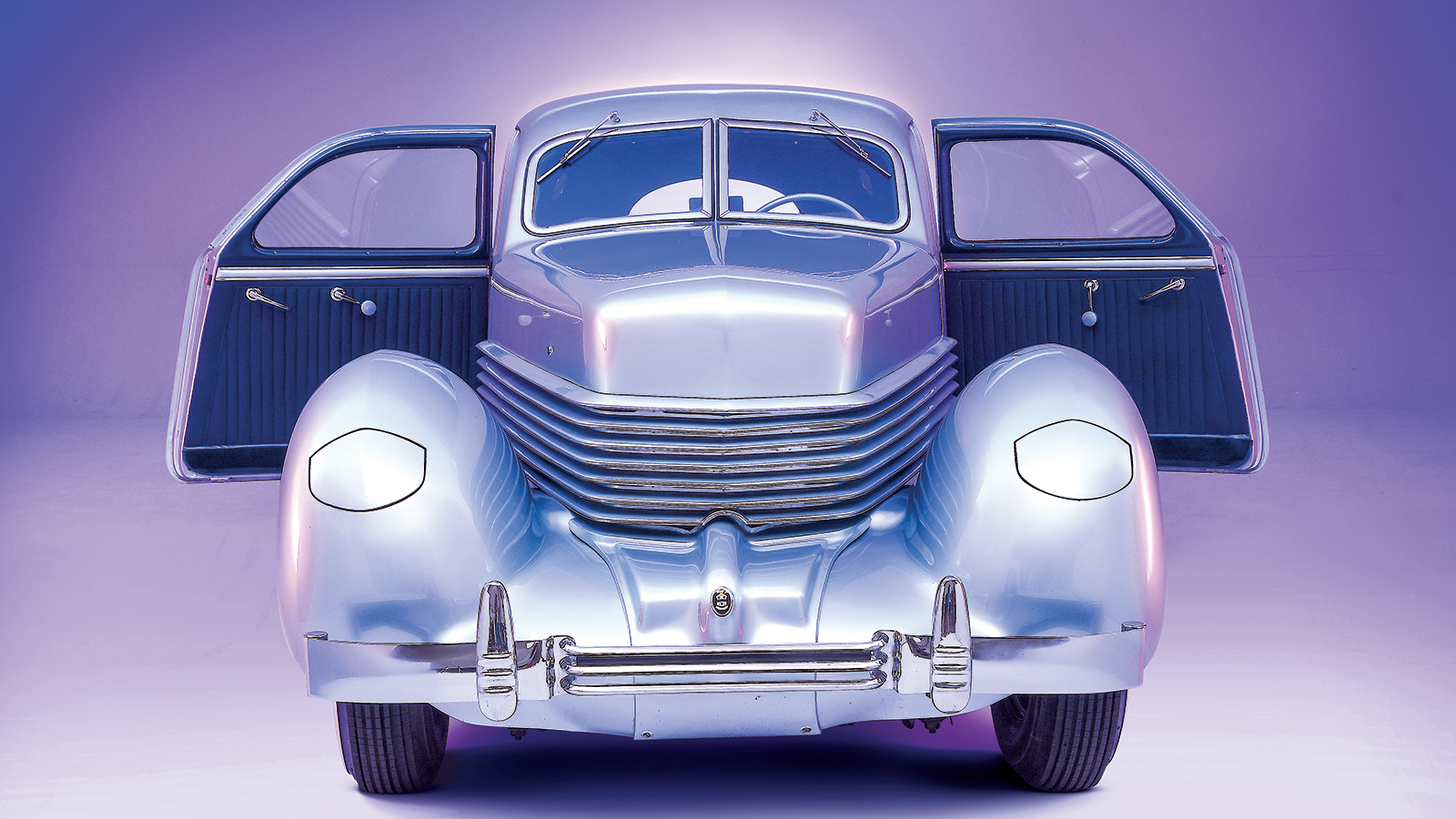 © John Bradshaw/Classic & Sports Car
© John Bradshaw/Classic & Sports Car -
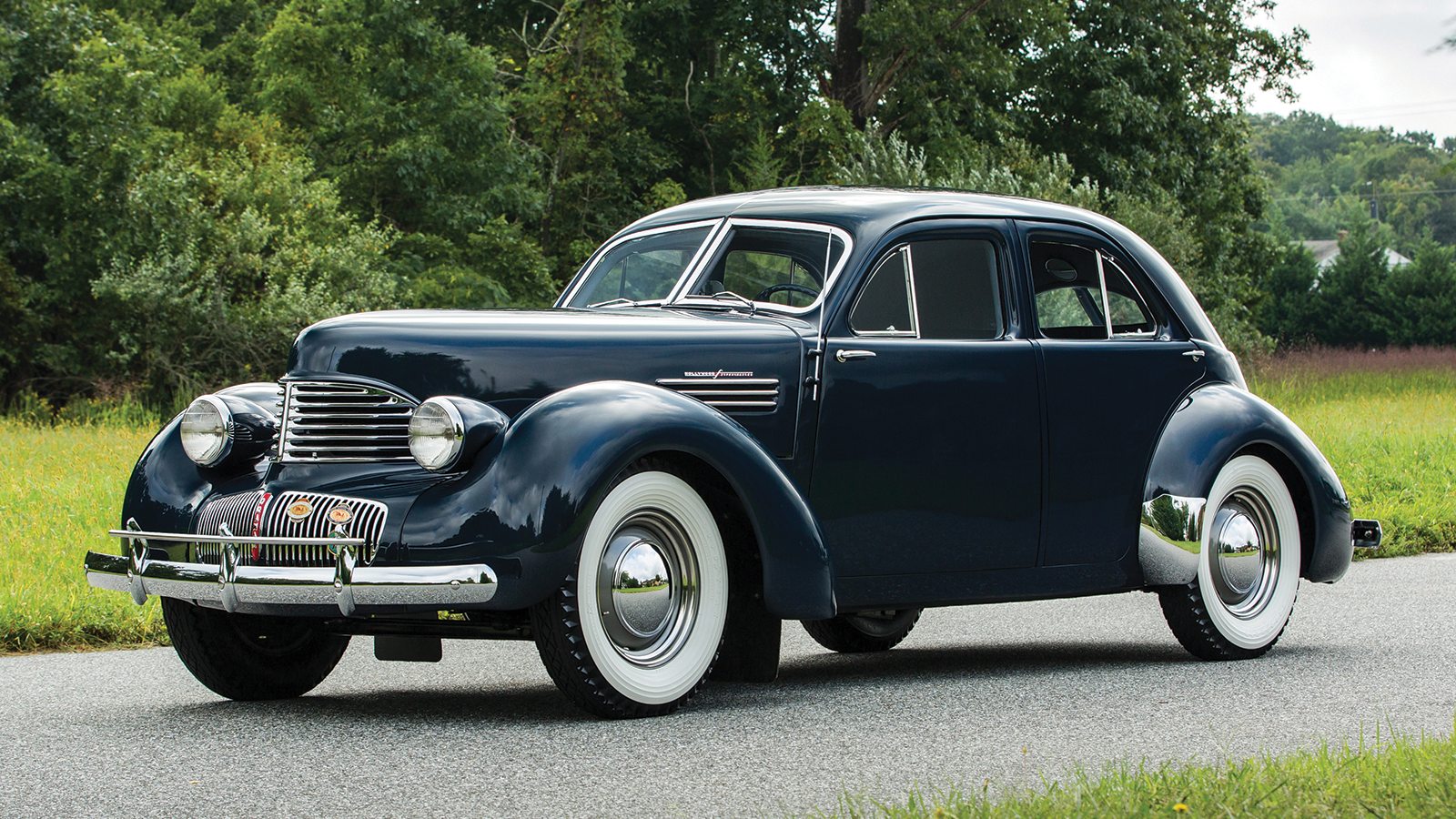 © RM Sotheby's
© RM Sotheby's -
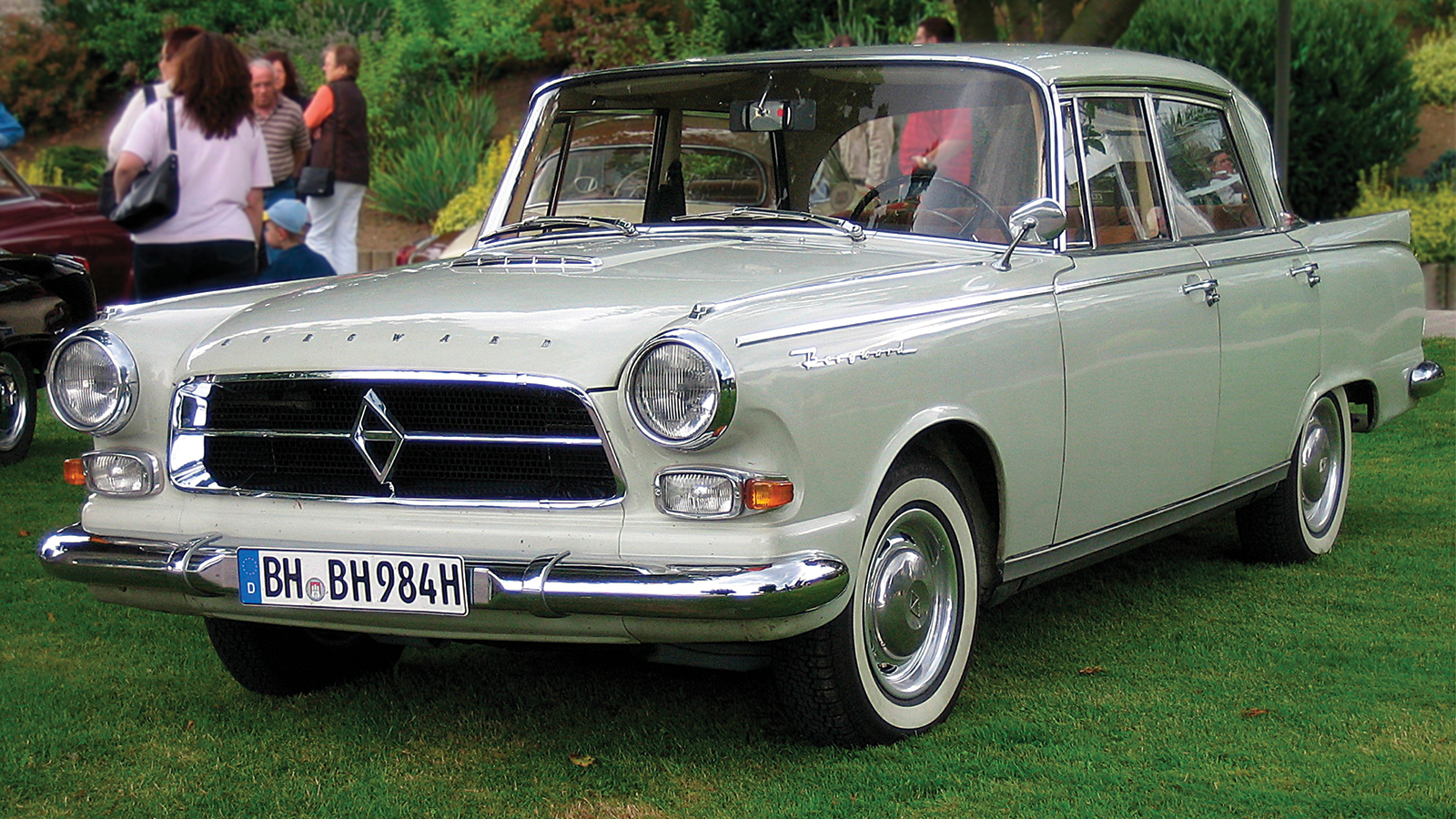 © Lothar Spurzem/Wikimedia Commons
© Lothar Spurzem/Wikimedia Commons -
 © Wikimedia Commons
© Wikimedia Commons -
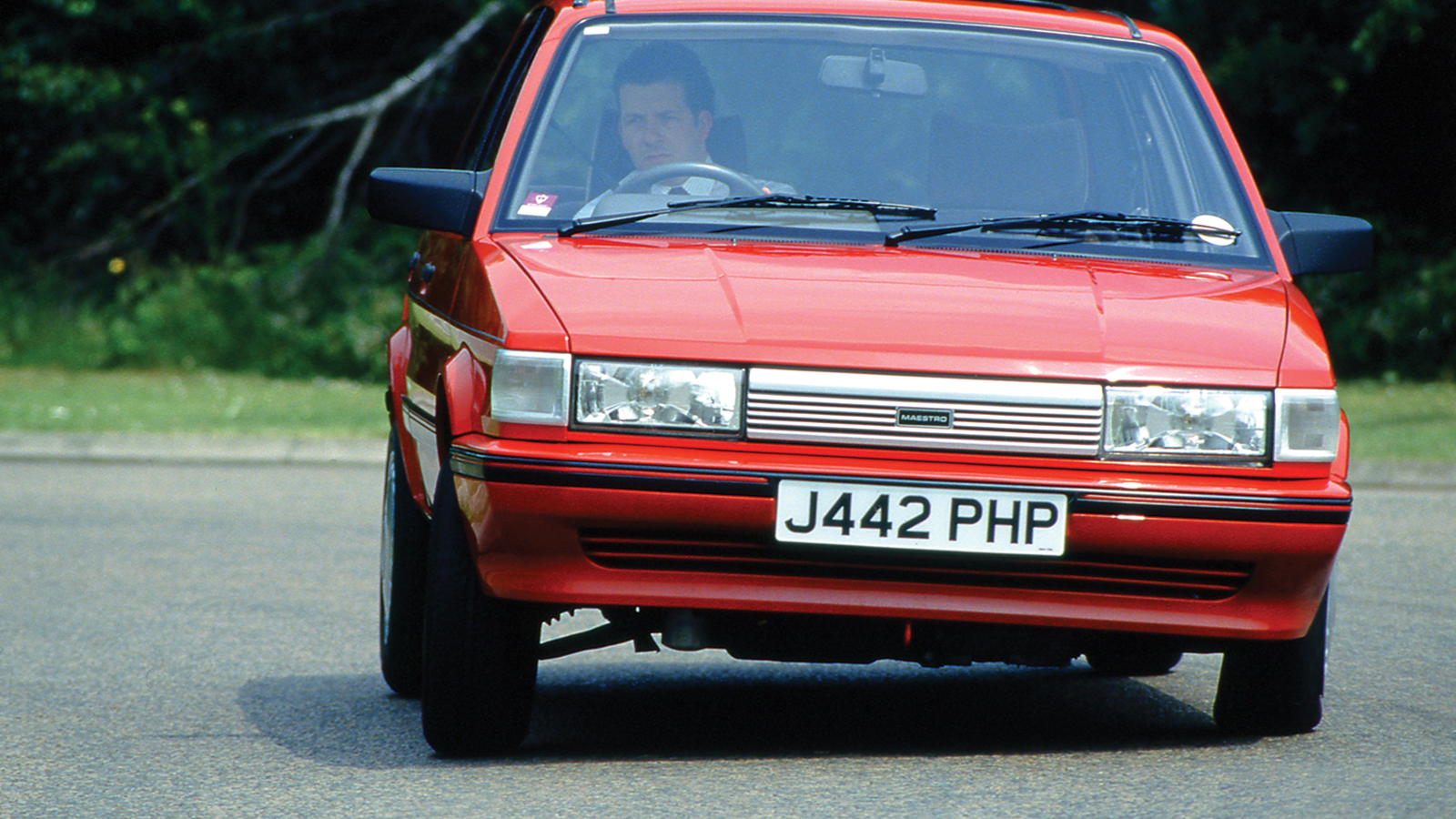 © Autocar
© Autocar -
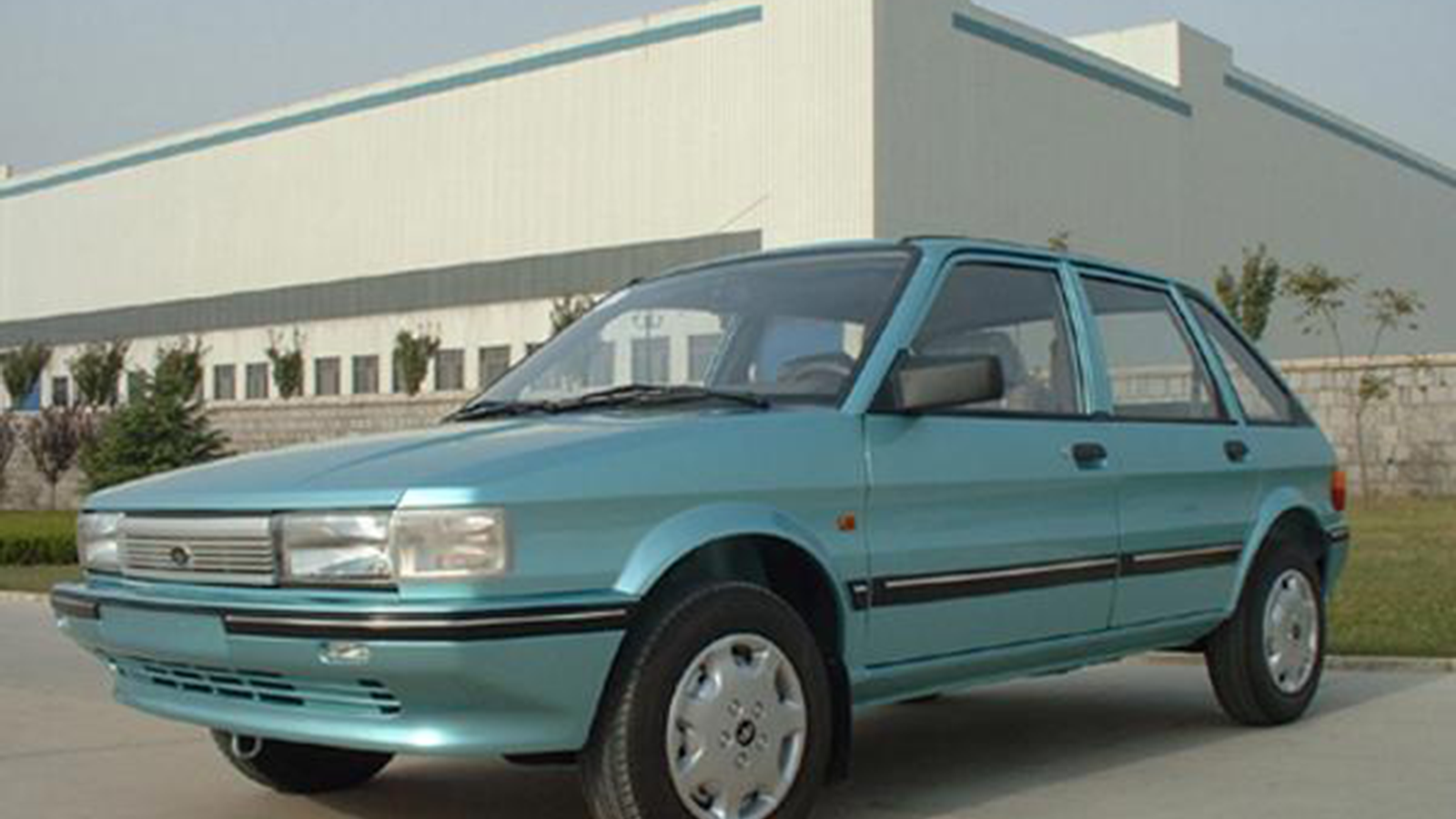 © AROnline
© AROnline -
 © Newspress
© Newspress -
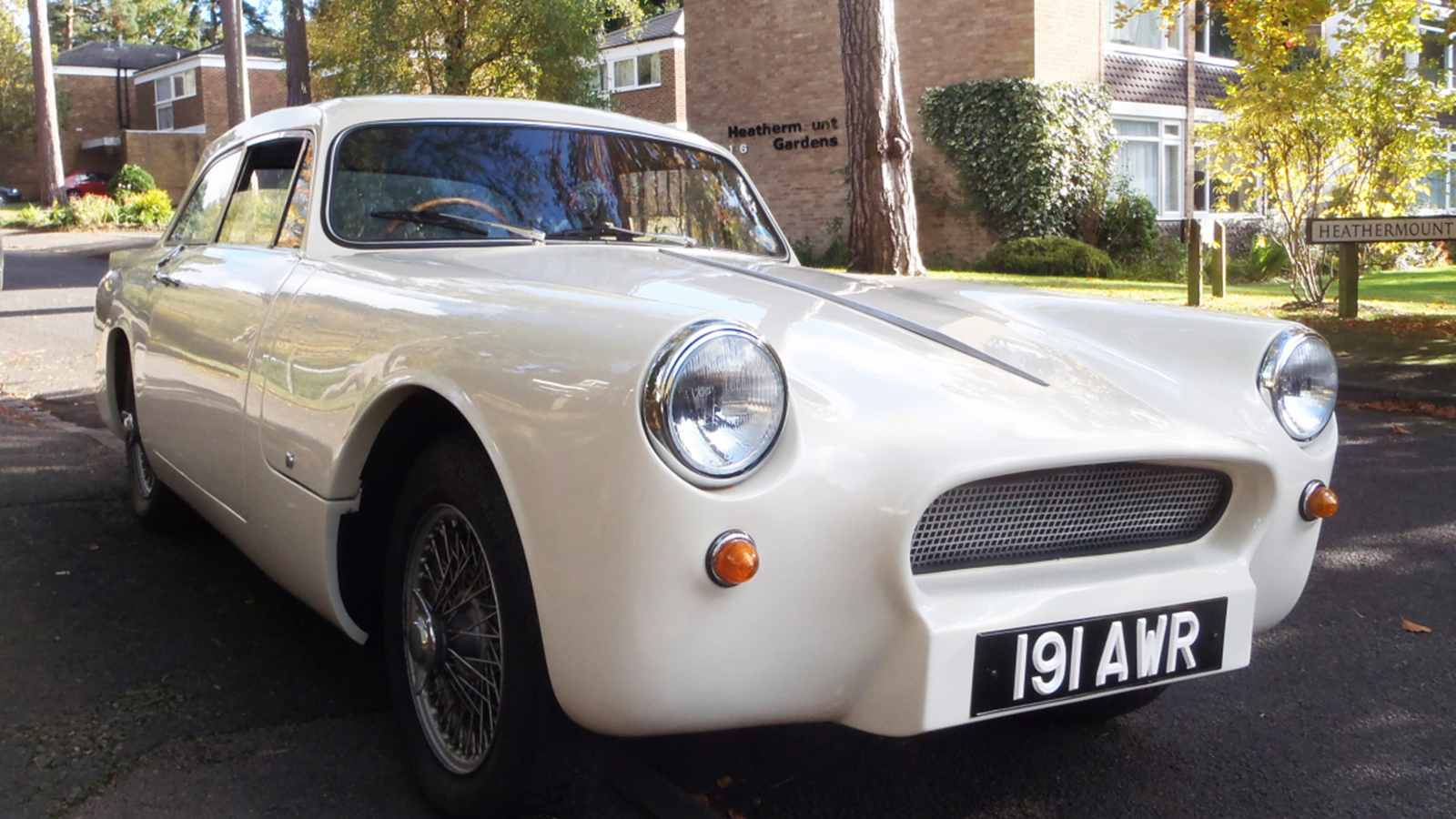 © Newspress
© Newspress -
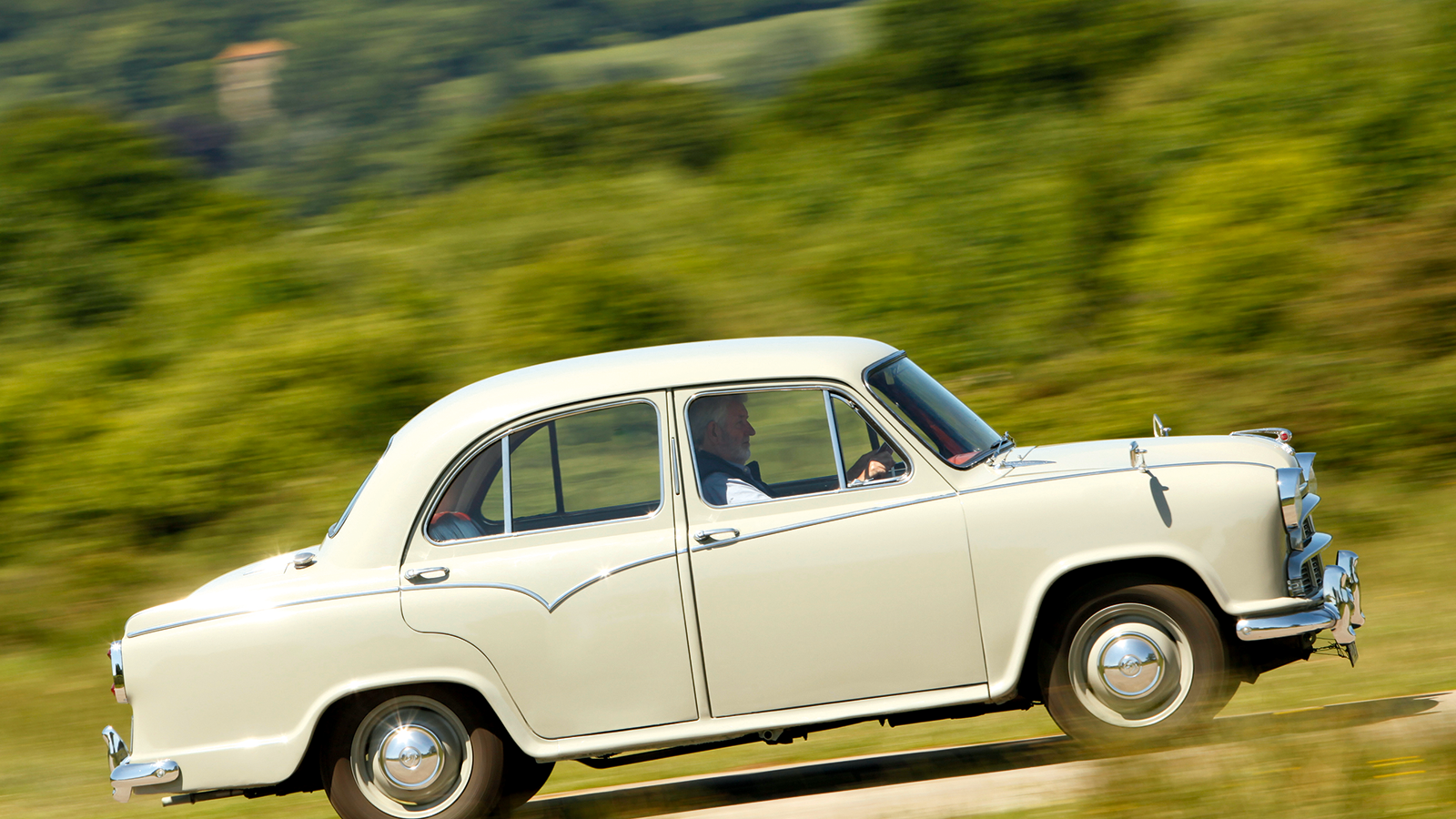 © Classic & Sports Car
© Classic & Sports Car -
 © Hindustan Motors
© Hindustan Motors -
 © John Bradshaw/Classic & Sports Car
© John Bradshaw/Classic & Sports Car -
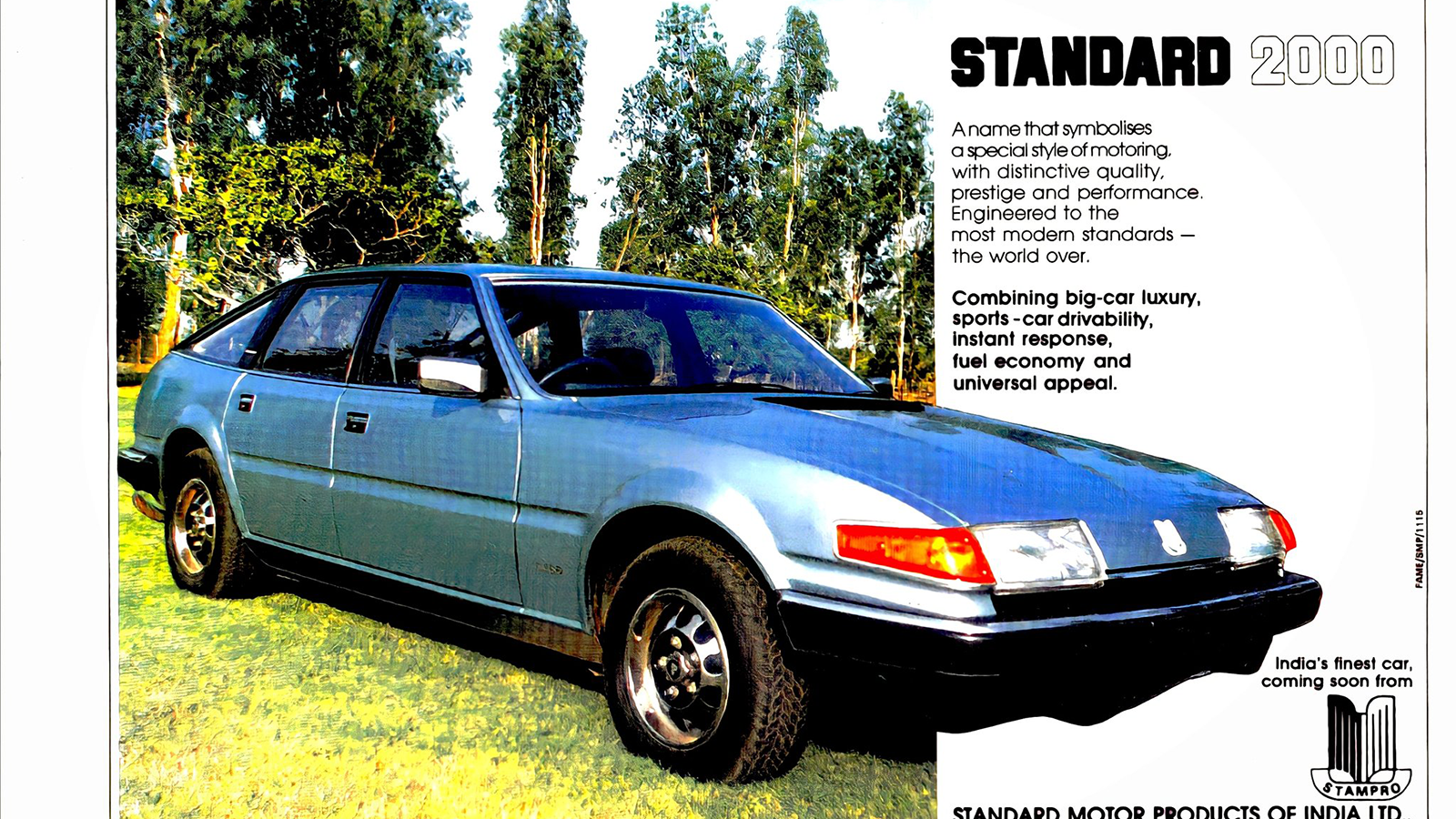 © AROnline
© AROnline -
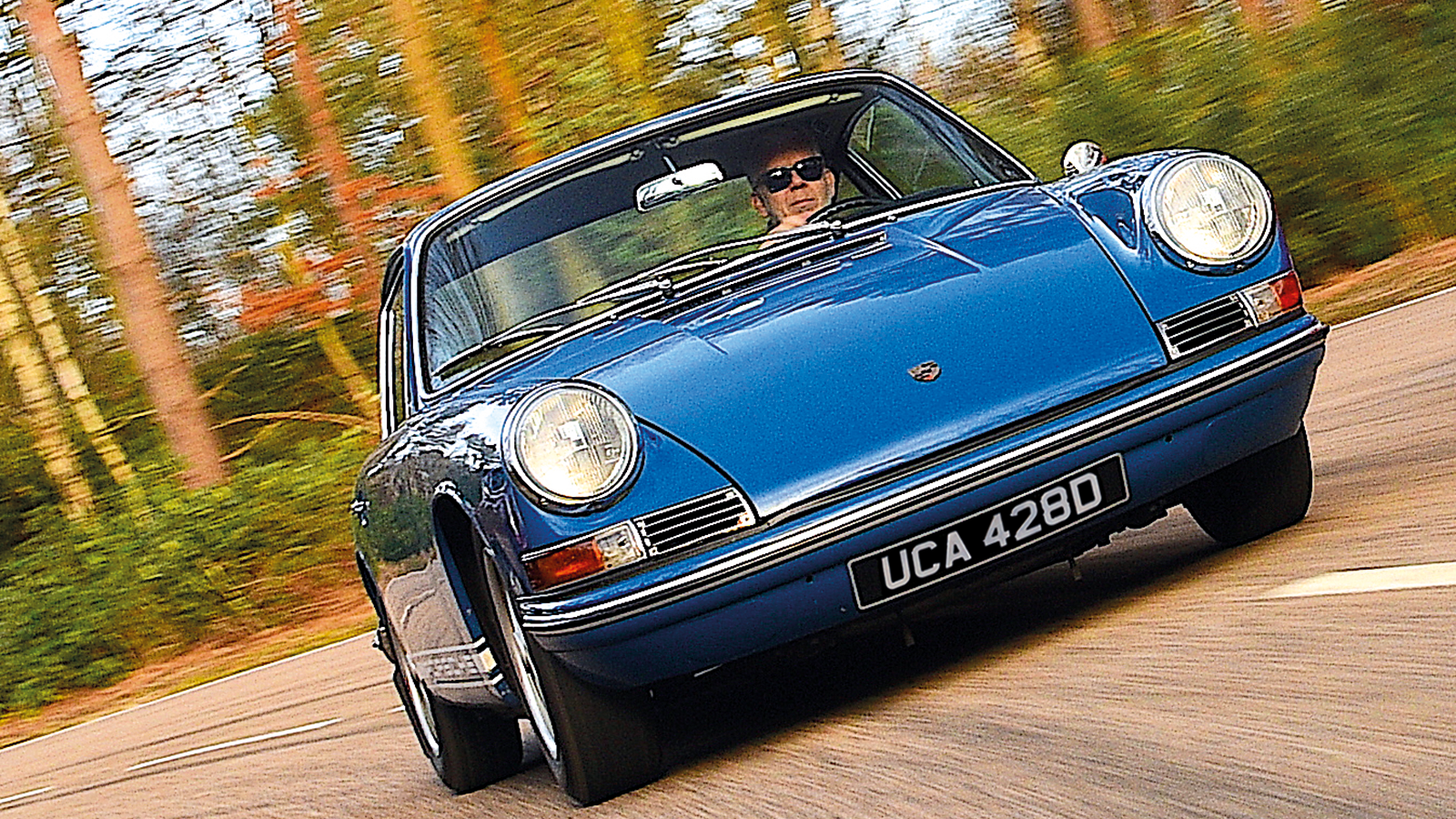 © Will Williams/Classic & Sports Car
© Will Williams/Classic & Sports Car -
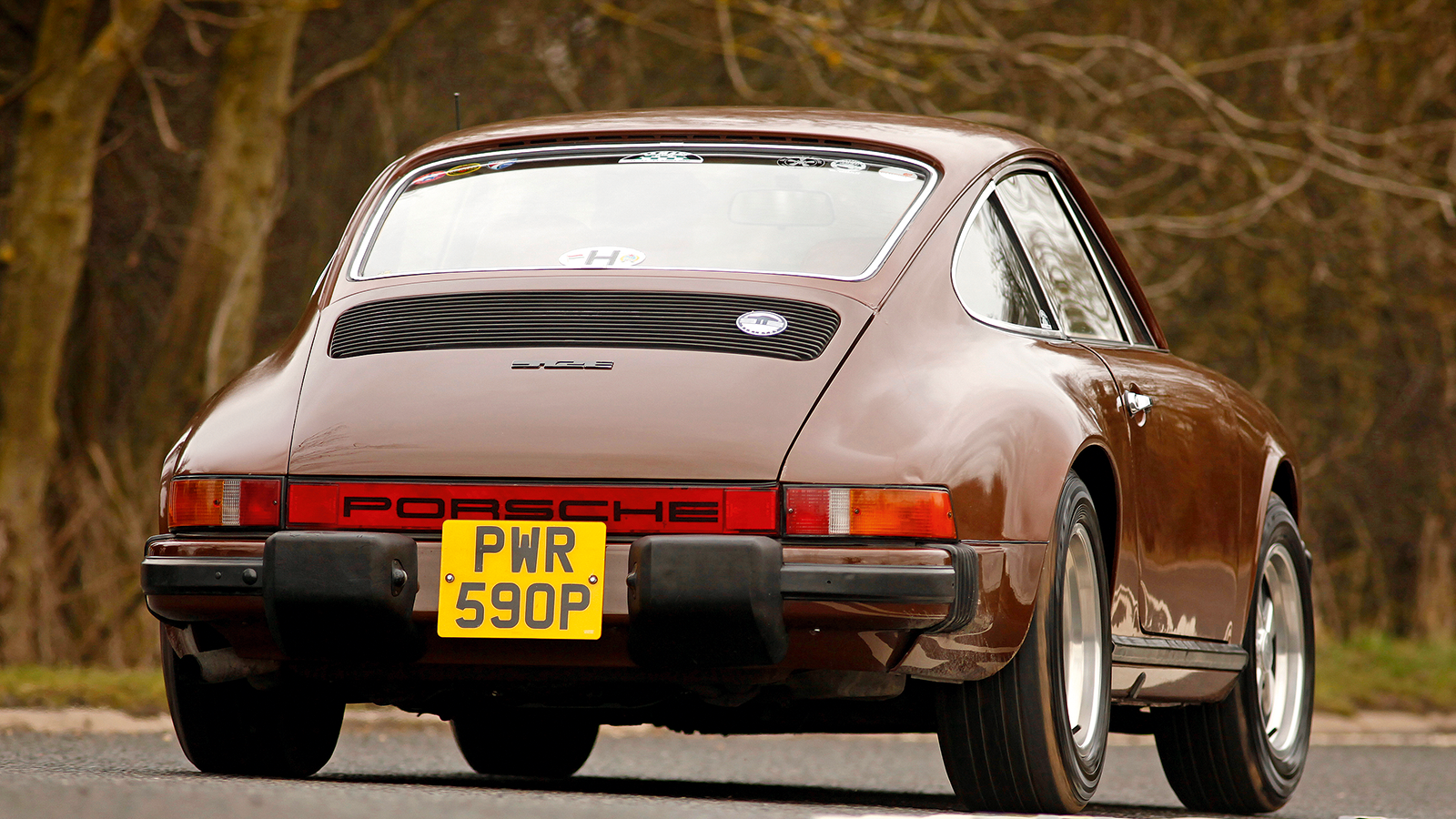 © Tony Baker/Classic & Sports Car
© Tony Baker/Classic & Sports Car
-
Not all cars disappear quietly into the night
Some vehicles just won’t lie down and die, although the reasons for their reboots and reincarnations are about as varied and colourful as the very manufacturers and models themselves.
Financial expediency and a nose for the good old fast buck have often been the motivations behind the better-known occurrences of second-time-around cars.
Equally, pride, vanity, misplaced optimism and even sentimentality have caught out many would-be motoring moguls who have sought, usually in vain, to rehash an old design under a new badge (or even using the same one).
Some have returned by popular demand, others have assumed new identities in far-flung locations, creating modernised – sometimes even scarcely recognisable – façades of their true origins.
While most of these cars had come to a natural conclusion, others achieved levels of success in their second lives far beyond what was accomplished the first time around.
This sort of revival has produced scores of extra components for some, while the new engines, restyled bodies, even completely different chassis beneath others have produced an obscure alternative reality to explore.
Here is our selection of 10 of the best-known and most intriguing examples.
-
1. Lancia Beta Monte-Carlo
It was an open secret that the mid-engined Lancia Beta Monte-Carlo of 1974 should have been a Fiat.
With 120bhp from its twin-cam engine, the pretty, Pininfarina-designed Beta Monte-Carlo always looked faster than it was; pity the poor Americans, who got a de-smogged 80bhp version called the Scorpion.
They all suffered from lock-up of the front wheels under braking, a problem taken seriously enough to halt production completely in 1978.
-
Lancia Beta Monte-Carlo (cont.)
Two years later, however, the car re-emerged in Series 2 form as the Montecarlo (above), its Beta nomenclature having been dropped in an effort to wipe the memory of the rust scandal from buyers’ minds.
It had the same rather noisy engine, bigger wheels, a new corporate front grille and, most importantly, improved brakes – the most obvious change being the removal of the servo.
But it lasted just one more year, finally bowing out in 1981 with 7798 built.
Anorak fact The Scorpion – as seen in the comedy film Herbie Goes to Monte Carlo – had taller springs, so didn’t handle as well as European models
-
2. Studebaker Avanti
The Avanti was a last-ditch attempt by Studebaker to give itself a more glamorous image in the face of the annual styling changes wrought by the Big Three of General Motors, Ford and Chrysler.
A true American grand-touring car with a sleek, futuristic body designed by Raymond Loewy and built in glassfibre, the Avanti was among the fastest-accelerating cars in America in its most powerful supercharged form, and the first with disc brakes all round.
Had Studebaker been able to make them in sufficiently high numbers to satisfy the initial demand, and with better quality control, it might have sold many more than the 4643 examples built from 1963-’64.
-
Studebaker Avanti (cont.)
Dealer Newman & Altman relaunched the model in 1965 as the Avanti II (above), with Corvette engines and built by hand in small numbers at the old factory in South Bend, Indiana.
Real-estate developer Stephen Blake bought the company in 1982 and continued production through to ’86.
When stocks of the old Studebaker Lark X-frame chassis began to dwindle, the Chevrolet Monte Carlo frame took its place.
Blake’s main contribution was the introduction of a drophead version, on a custom chassis.
There were two further changes of ownership and the purity of the original idea became progressively compromised.
Anorak fact By the 21st century, Avantis were Mustang-based and being produced in Mexico; mercifully, production ended in 2006
-
3. Gordon-Keeble GK1
Developed from the aluminium-bodied, Bertone-styled Gordon GT of 1960, the Gordon-Keeble emerged as a production car in 1964.
With its spaceframe chassis and de Dion rear suspension combined with Corvette power, it was a superb car.
But the project was beset by all kinds of problems and the coupé was priced too timidly.
While the glassfibre construction on the production models felt like a bit of a throwback to its Peerless/Warwick origins, the fit and finish of the Williams & Pritchard-engineered panels was excellent.
-
Gordon-Keeble GK1 (cont.)
John de Bruyne, the son of the inventor of Araldite glue, bought the remains of the Gordon-Keeble adventure after its 1966 demise and modified a leftover body to create the reasonably handsome De Bruyne GT (above).
Only a single car was completed and shown at the 1968 New York Auto Show – and it still survives.
Anorak fact Probably the most interesting thing about this reboot was that the styling tweaks were performed by a certain Peter Fluck, later to find fame as the co-creator of the popular television show Spitting Image
-
4. Cord 810/812
The ‘coffin-nose’ 810 and 812 Cords were perhaps the most technically interesting American cars of their time, featuring independent front suspension, front-wheel drive and a three-speed semi-automatic gearbox with overdrive.
Even the interior thrilled potential buyers, with its engine-turned dashboard, rev counter and standard radio.
All this, combined with retractable headlights and a body bereft of running boards or a conventional grille, made the Cords a sensation, particularly in 100mph-plus supercharged form with chromed external exhaust headers.
-
Cord 810/812 (cont.)
Problems with the gearbox killed the car’s reputation, however, and only 3000 were built from 1936-’37.
But the shape refused to die.
Two small American car makers took on the rights, producing the Graham Hollywood (above) and Hupmobile Skylark.
They were both conventional rear-wheel drive, straight-six-engined cars, with exposed headlamps and traditional grille treatments, but there was considerable interest.
Still, as before, they proved difficult to build in the volumes needed to make money, and both firms only managed a few months of production.
Anorak fact In 1964, a bizarre eight-tenths-scale homage was created by Oklahoma workshop teacher Glenn Pray with help from the car’s original stylist, Gordon Buehrig, having acquired the rights to the Cord name
-
5. Borgward P100
A maker of sports saloons, trucks and even harbouring dreams of helicopter production, Dr Carl Borgward probably stepped on a few more toes when he introduced his P100 ‘Big Six’ in 1959.
The Mercedes-sized saloon beat Stuttgart to air-suspension technology, but only 2500 cars were built before Borgward went into receivership in 1961.
The banks preferred to help ailing BMW rather than bail out the established success that was Borgward, and the broken-hearted entrepreneur died in 1963.
-
Borgward P100 (cont.)
The P100 popped up again in Monterrey, Mexico, in 1967 as the Borgward 230GL (above).
Some 2500 were sold until 1970, assembled (after several changes of ownership) by a local engineering firm called Fanasa, using original German tooling and parts.
However, the Borgward Isabella remained the marque’s most popular model.
Anorak fact Although superficially identical to the P100, the 230GL did without the troublesome air suspension and, on later models, the tailfins
-
6. Austin Maestro
Replacing the Allegro and Ital, the 1983 Maestro was a rationally designed car with a transverse-engine layout, MacPherson-strut front suspension, and a neat five-door body designed under David Bache’s guidance.
It was well enough received, but suffered from build-quality issues and a fuddy-duddy image, and was soon outpaced by its rivals.
After the BMW takeover in 1994, the Maestro was killed off almost immediately, then briefly revived in knock-down-kit form in Bulgaria.
-
Austin Maestro (cont.)
In 1997, the tooling for the car was sold to Chinese firm Etsong, resulting in the 1997 Lubao QE6400 ‘Ruby’ hatchback (above) and Lubao QE6440 ‘Laird’ van.
Then, in 2003, Jiefang’s similar CA6400UA arrived.
Since 2012, a reskinned SUV has been on sale as the Yema, still recognisably Maestro in origin.
Anorak fact A Bury St Edmunds firm acquired the unsold Bulgarian cars and sold them in the UK for not much more than £4000 each in 1998
-
7. Peerless GT
A sort of glassfibre Aston Martin on a budget, using Triumph TR3 parts, the Slough-built Peerless GT had a tubular spaceframe chassis and a de Dion rear end, and made a solid showing at Le Mans in 1958.
Some 250 were sold in its first year, but the fit and finish were always suspect, refinement was not a strong point, and the project quickly became a financial liability as heady talk of sales in America began to evaporate.
Amid management quarrels, production ended in 1960 after just 290 cars.
-
Peerless GT (cont.)
Its originator, racing-car designer Bernie Rodger, resurrected the concept as the near-identical Warwick GT (above) the same year, a few miles down the A4 towards Heathrow at Colnbrook.
The idea was to build the cars on a smaller scale, but at £1600 they were expensive for a Special and only 45 were sold.
Anorak fact A commission from an American customer to build a V8-engined Warwick provided the inspiration for the glorious Gordon-Keeble
-
8. Morris Oxford
The dumpy 1954 Oxford Series II was the first monocoque car to carry this traditional Morris name, but it was still a typical product built for conservative buyers in a protectionist market where you could sell almost everything you built.
It was very basic, with a column gearchange, ponderous handling and not much in the way of style.
As the Hindustan Ambassador, however, the lightly revised Oxford Series III became the national car of India over a near-50-year production run from 1957-2014.
-
Morris Oxford (cont.)
Simplicity and ease of maintenance were more important than dynamic qualities or homely looks, and the Ambassador (above) was improved by Hindustan Motors through four series, but it was still recognisably a 1950s design.
Only the opening of the Indian market to Japanese makers, safety and emissions rules, and a burgeoning middle class caused the Ambassador’s decline.
Anorak fact In the search for more power and lower emissions, Hindustan latterly switched to overhead-cam Isuzu engines
-
9. Rover SD1
The five-door Rover 3500 of 1976 was supposed to be the saviour of British Leyland.
Fast, high-geared and versatile, it looked the part with its exotic fastback shape and futuristic interior.
The critics liked it, too, praising its handling and surprising economy – despite a specification that looked almost retrograde after the P6.
Quality problems put off buyers, although a 10-year, 200,000-car run suggests the last ‘real’ Rover was a qualified success.
-
Rover SD1 (cont.)
In 1986, BL sold the tooling to Standard Motor Products in Madras, India, the firm that had assembled Standard 8s for the local market.
The new Standard 2000 (above) sat on raised suspension and was powered by an 83bhp wet-liner Vanguard engine, although many were converted to diesel power.
Huge import duties on foreign cars should have given this locally built ‘prestige’ saloon a big following, but it was still expensive and only 3408 were built in two years.
Anorak fact British classic parts specialist Rimmer Brothers bought the leftover parts after Standard 2000 production ended
-
10. Porsche 912
When Porsche upped its game with the six-cylinder 911 in 1964, some customers of its more modestly priced four-cylinder predecessor, the 356, began to look elsewhere for their sports cars, alienated by the newer model’s higher price and more exotic specification.
Enter, in 1965, the 912, nothing more than a 911 with the old pushrod 356 engine and a more basic interior.
It sold well (30,300 units) until the launch of the mid-engined Volkswagen-Porsche 914 in 1969, at which point Stuttgart was able to offer a ‘budget’ four-pot Porsche with a different body and extend the flat-six 911 range upwards in terms of power and price.
-
Porsche 912 (cont.)
It was the demise of the never-much-liked 914 in 1975 that prompted Porsche to relaunch, after a six-year hiatus, the idea of the four-cylinder 911 in the form of the 912E (above).
It was to be one of its shortest-lived and rarest production models: 2099 cars for only one year in the US, where dealers had demanded a cheaper model to fill the gap between the 914’s passing and the new 924’s introduction.
Anorak fact Far from the original 912’s Porsche motor, the 912E used the same type of fuel-injected Volkswagen engine as used in the 914 and VW’s own 411E saloon
